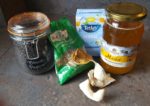The first beer I learned to love was Guinness, clearly the most famous version of a Dry Irish Stout.
Back in around 1990 when I first started drinking Guinness, it was usually badly kept and was usually quite nasty.
I was probably sucked in by their cool advertising, or it may have been the fact that most pubs then seemed to have a choice of one shitty weak lager, one shitty weak bitter, one stronger, but still not too great, “premium” lager, and Guinness and maybe a cider if you were lucky.
Anyway, Dry Irish Stout remains one of my favourite styles of ale. It’s a perfect session beer
Making a stout the equal of Guinness is not impossible by any means – though without nitro pour you won’t be able to get the creamy foam.
That being said, here’s my take on the style.
Grain Bill
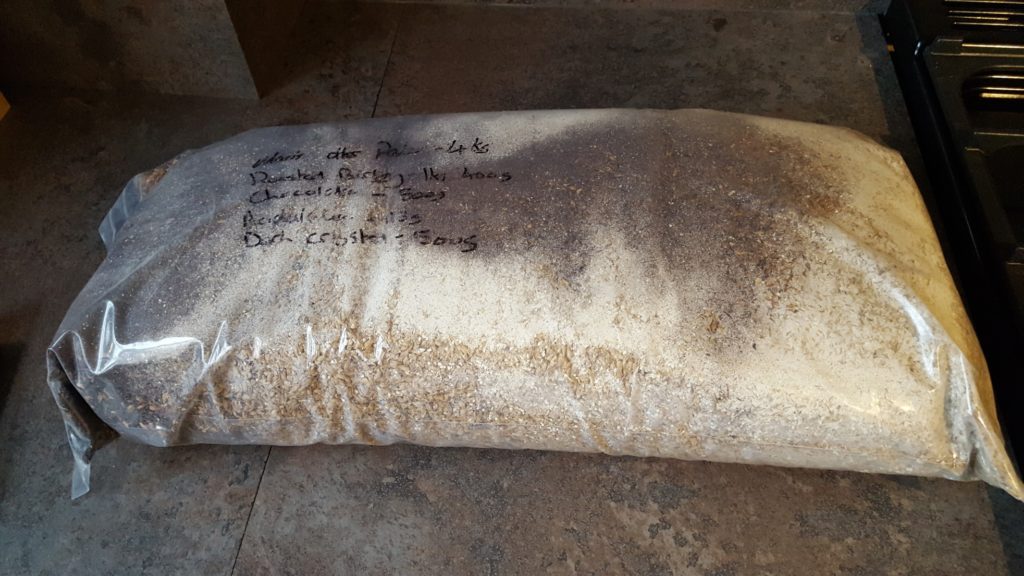
- Maris Otter Pale Ale 4kg
- Weyermann Roasted Barley 1.4kg
- Crisp Chocolate Malt 500g
- Weyermann Acidulated Malt 113g
- Dark Crystal 500g
- Flaked Torrified Barley 500g
Giving me a total grain bill of just over 7 kg. This is quite a lot, I guess, but I do prefer a stronger beer, and anyway, stouts used to be stronger than the main brands are nowadays.
Hops
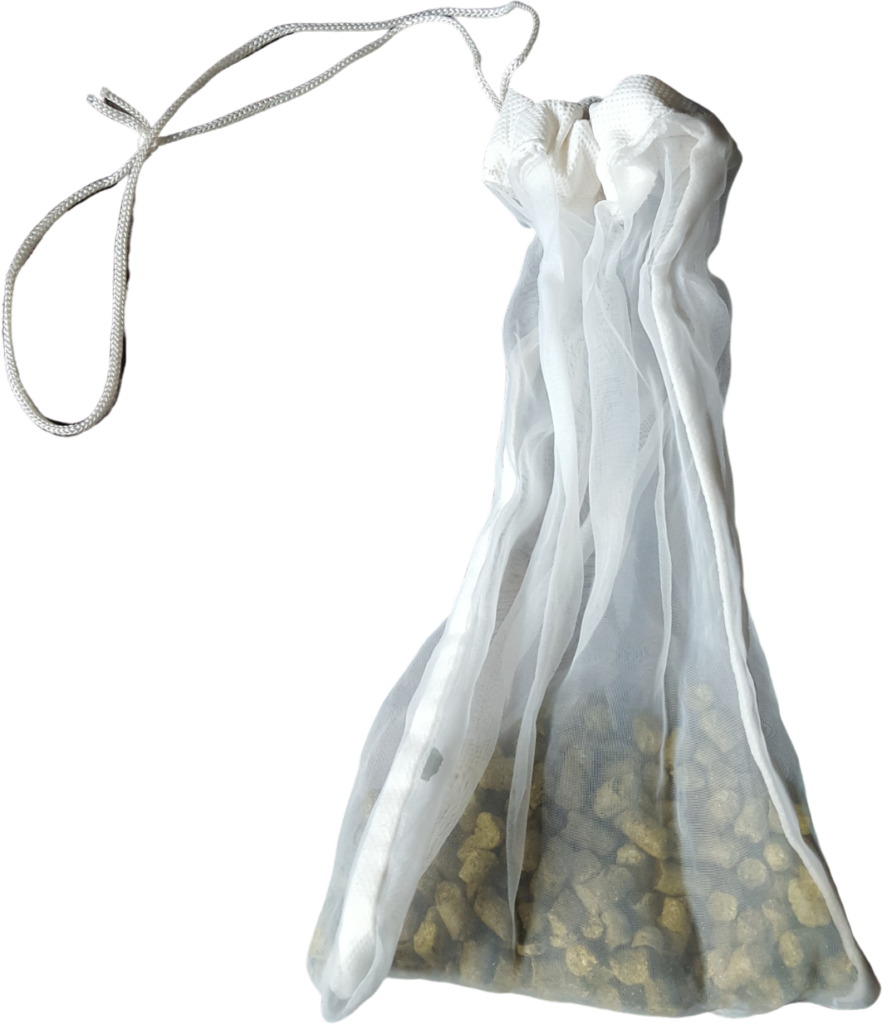
- Fuggles Hop Pellets (Alpha Rating 4.5%) 28g
- Williamette Hop Pellets (Alpha Rating 5.7%) 28g
Yeast
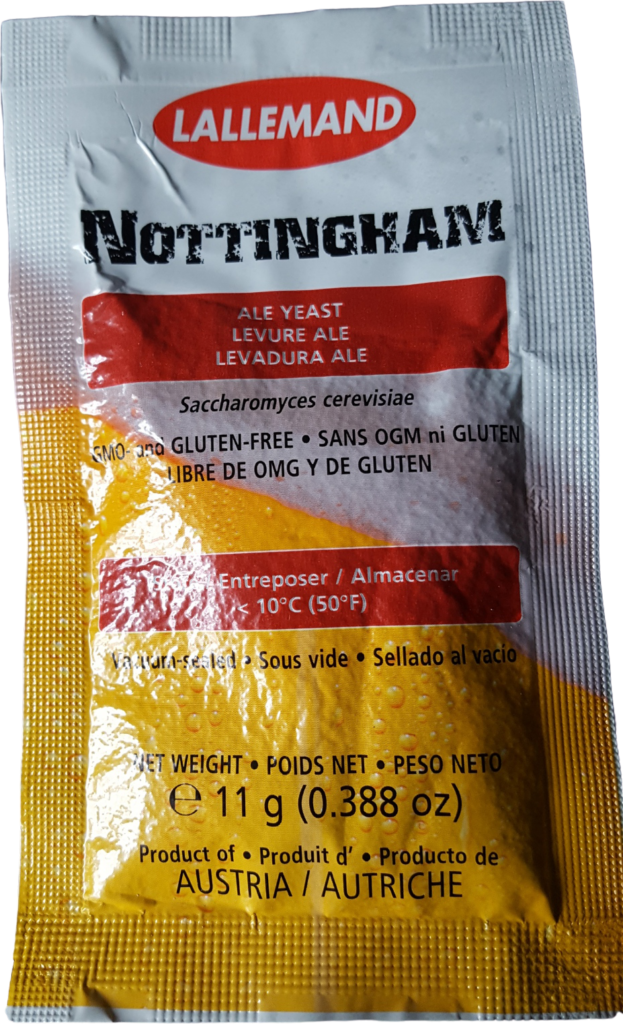
- Lallemand Nottingham Ale Yeast
Method – BIAB
I’m using the Brew-in-a-Bag method, as I always do for All-Grain recipes.
My mashing temperature is 67°c, as usual. I heated 26 litres of water to 69°c to allow for the drop in temperature as I stir in all of the grain.
As I’m adding my grain, I usually taste and chew on some of the dry grain – I don’t know if many brewers do this, but it does give you a bit more of a feel for the ingredients. Because we’re making a Dry Irish Stout, using lots of roasted barley, as you’d expect, lots of roasty, burnt, coffee flavours…
So, mash is for sixty minutes. Colour is good, and I always marvel at how little dark grain it takes to get such a deep dark wort.

After one hour of mashing, the temperature has only dropped 1c, thanks to the weather being fairly warm.
I am starting to eye the clouds nervously. The weather forecast suggested to me rain was unlikely, but now I’m not so sure.

I plough on, and drain my grain bag, and throw some boiling water through the bag (around three litres), to rinse out some of the remaining wort from the bag.
The Boil
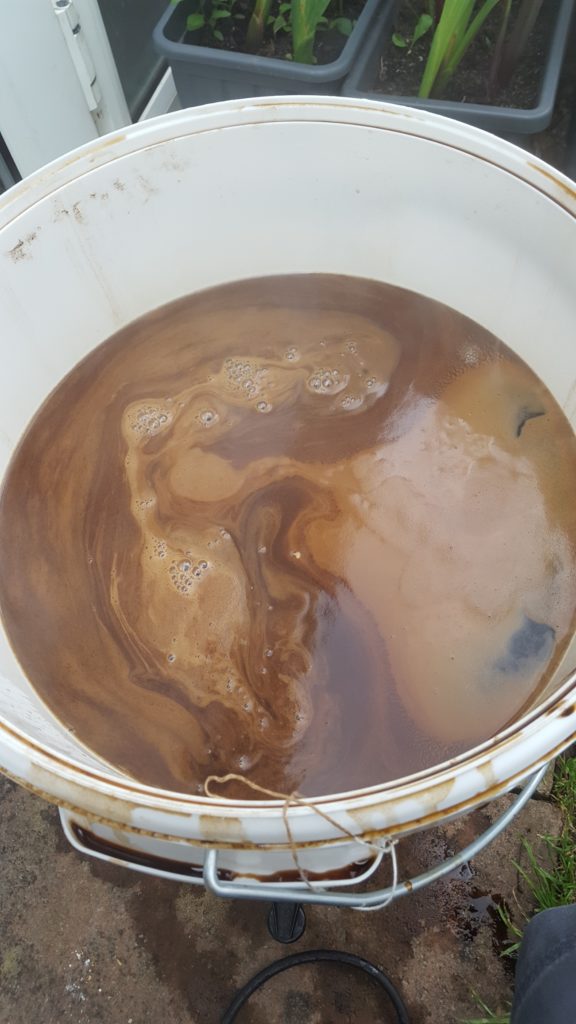
Boiling is for sixty minutes. Unfortunately, twenty minutes in, it starts raining, and I’m forced to relocate to the garage. This means carrying a heavy bucket of boiling hot wort across my garden. This is pretty bad health and safety, and if it goes horribly wrong I’ll be deserving of a Darwin Award.
Relocated into the dry, I add my one single hop addition, 28g each of Williamette and Fuggles, for a forty-minute boil.
Of course, by now the rain has stopped.
I remove the hop bag, and cover and I leave the wort to cool overnight, rather than chilling with a wort chiller. (Yes, I know you’re not supposed to., but so far it has caused no issues.)
Fermentation – 2nd July
After transferring the cooled wort into my fermentation bucket, I’m left with 17 litres of wort, with an OG of 1.070.
That’s pretty high for an Irish Stout, so I top this up to the 22 litre mark, with 300g of medium dried malt extract stirred in, for a new gravity of 1.064, and added my rehydrated yeast.
I saw the first airlock activity within 6.5 hours, and fermentation was vigorous by the next morning.
12th July: Bottling – and first cheeky taste…
Okay, so come bottling time, and I get a yield of 22 litres.
The final gravity is 1.024, slightly higher than my target of 1.019
I have a taste, and I’m happy. It’s perhaps a touch sweeter than it ought to be, but secondary fermentation and chilling should sort that out. But it has plenty of body, enough bitterness, and has a final ABV of around 5.3% which for me is the sweet spot.
We’ll get to try the finished article in around a week…

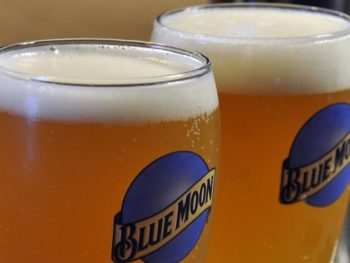
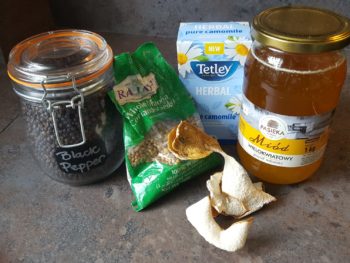
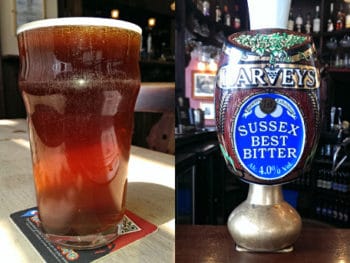
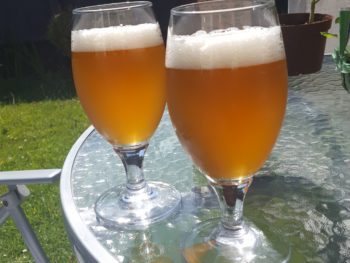
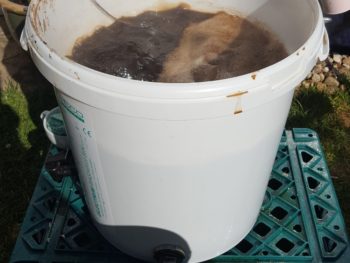
 Is it cheaper to brew your own beer?
Is it cheaper to brew your own beer?



